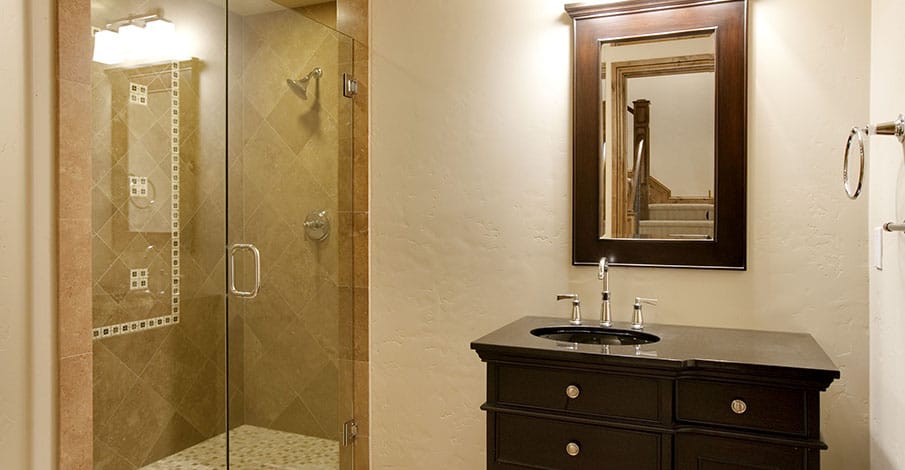Washing machines are designed to make the washing and drying process easier. Regardless of the number of clothing items, you can get every single piece done within a few minutes without putting in much manual labor. However, just like other household appliances, washing machines run into problems as well. One of the most common is the washer not filling with water. Let’s know its causes and fixes. You may require the help of an appliance repair technician for fixing some problems.
Water Restriction
If your washing machine is not filling with water, the first thing you need to check is if it is receiving a sufficient amount of water. The machine gets its water through the fill hoses. In most cases, these are located at the back end of the washer. Plus, depending on the variant of the washer, it might only have hot or cold inlet hoses.
So, check if the water is traveling through the hoses to the machine. If you have recently purchased a new machine, there should not be a problem with the hoses. It might be that the installer accidentally broke one but it is a rare case. Ensure the faucet that you’re using to supply water to the washing machine is open.
Next, you need to check the hoses for any cracks or damages. Sometimes, if the washer is placed close the wall, due to less distance between the wall and the washer, the pipes will be squeezed. Make sure the hoses are not tangled up and are free to allow water transportation. If that does not work out, close the water supply faucet and remove the hoses for a proper inspection.
Keep in mind there still might be water inside the hoses. So, keep a bucket with you to deal with water leakage. Check the inside of the hoses for any debris that might be causing blockage and remove it. Once you have removed the main hose, you will get access to the filter as well.
This is called an inner valve screen. The screen is designed to trap debris while the water is being transported. Try cleaning the filter and reinstalling it. If the filter is old and worn out, you will need to replace it.
Low Water Pressure
Another common reason washing machines are not able to fill up with water is low water pressure in the plumbing system. This is a relatively extensive problem that might need an expert. In such a case, the machine is not at fault but the plumbing system of your house.
Washing machines work best when the water is supplied at a consistent pressure. If the pressure is fluctuating, the machine probably will not be properly filled with water. In normal cases, the machine produces a humming sound while functioning. However, in this case as well, the machine will produce the same sound but slightly different.
The best way to diagnose the issue is by removing the main hose from the water supply faucet. Place a bucket under the faucet and open it to check the water pressure. If the water pressure is not enough or consistent, you will need to get the water system in your house checked.
Many things can cause a low water pressure. For instance, there could be excessively high water demand, clogged pipes, corroded plumbing, etc. To make sure, check the water supply in the bathroom and kitchen fixtures. If the water pressure is the same, it means the problem is serious.
You can also go to an expert for a second opinion. They will use a pressure gauge to make sure if the plumbing equipment is malfunctioning. Based on the findings, the expert may suggest repair or replacement.
Even in commercial settings, if your water pressure is low, your commercial appliance repair Springfield expert will also inspect the plumbing system of the building to determine the cause of the problem.
Faulty Water Inlet Valve System
When your washer normally receives water from the main water supply, it reaches the water inlet valve. The machine is programmed to keep the water level and pressure consistent during the wash and rinse cycles.
However, if you notice a lack of pressure in either of the cases, it means the water inlet valve might be malfunctioning. The first step in this case is to determine the location of the water inlet valve. For this, you might need to consult the user manual as the location might vary depending on the make, model, and variant of the machine. If the user manual is missing, you will be able to find online.
If the machine has both hot and cold water hoses, there might be two water inlet valves. Keep in mind that accessibility is one thing but having the right equipment to check the components is another. You will need a multimeter to check the continuity.
If the tool happens to show zero resistance or infinite, it means the inlet valve is faulty and needs replacement.
Defective Water-Level Pressure Switch
When it is time to fill the machine up with water or empty it, it is the water level switch that informs the unit to do so. If this component is not working, it will send the wrong signal to the machine, which will not only confuse it but also not allow it to fill up.
Then again, the location of the water-level pressure switch may vary but, in most cases, it is located inside the machine underneath the lid. To access it, you will need check the bottom of the drum. There will be a hose that goes to the pressure switch.
If can’t easily find the switch, you will need to consult the user manual. To find out the cause of the issue, you will need to check the switch and all the parts connecting it. To begin with, remove the hose/pipe and check it for blockages.
Then, test the water level switch using a multimeter. Remove the wires from the terminal of the switch for testing them. When testing them, you should do it in pairs. Try 1 and 2, 1 and 3, and 2 and 3.
For a functioning switch, only the third should have continuity and other pairs shouldn’t. If the results not as mentioned, the switch is malfunctioning. Replace the switch. If the process is difficult, find a professional. They will easily check the switch and replace it if required.
Malfunctioning Selector Switch
The selector switch allows you to use different settings on the machine. It is the selector switch that signals the machine to open the water inlets when you choose to do it. But, if the selector switch is unable to transfer the signal or is not powered, the washing machine will not fill up with water.
Then again, to check the selector switch, use a multimeter. Check the solenoids for continuity. Fortunately, replacing the selector switch is not expensive and is readily available as a replacement. If you can remove the selector switch, then you can also replace it. But it’s better to leave this to an expert they will check the washer for problems and then carry out the required repairs.
Conclusion
Although the causes highlighted above are the most common, it could be something else as well. Therefore, try to observe and determine the source of the problem. And always rely on a washer repair Alexandria expert for repairs and replacements unless you have some experience dealing with electronic appliances.



